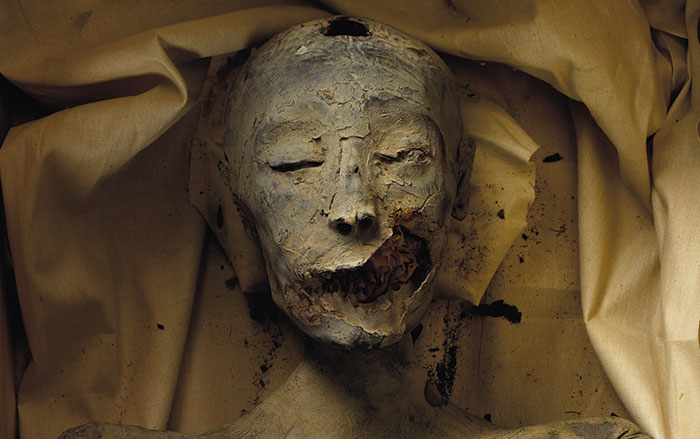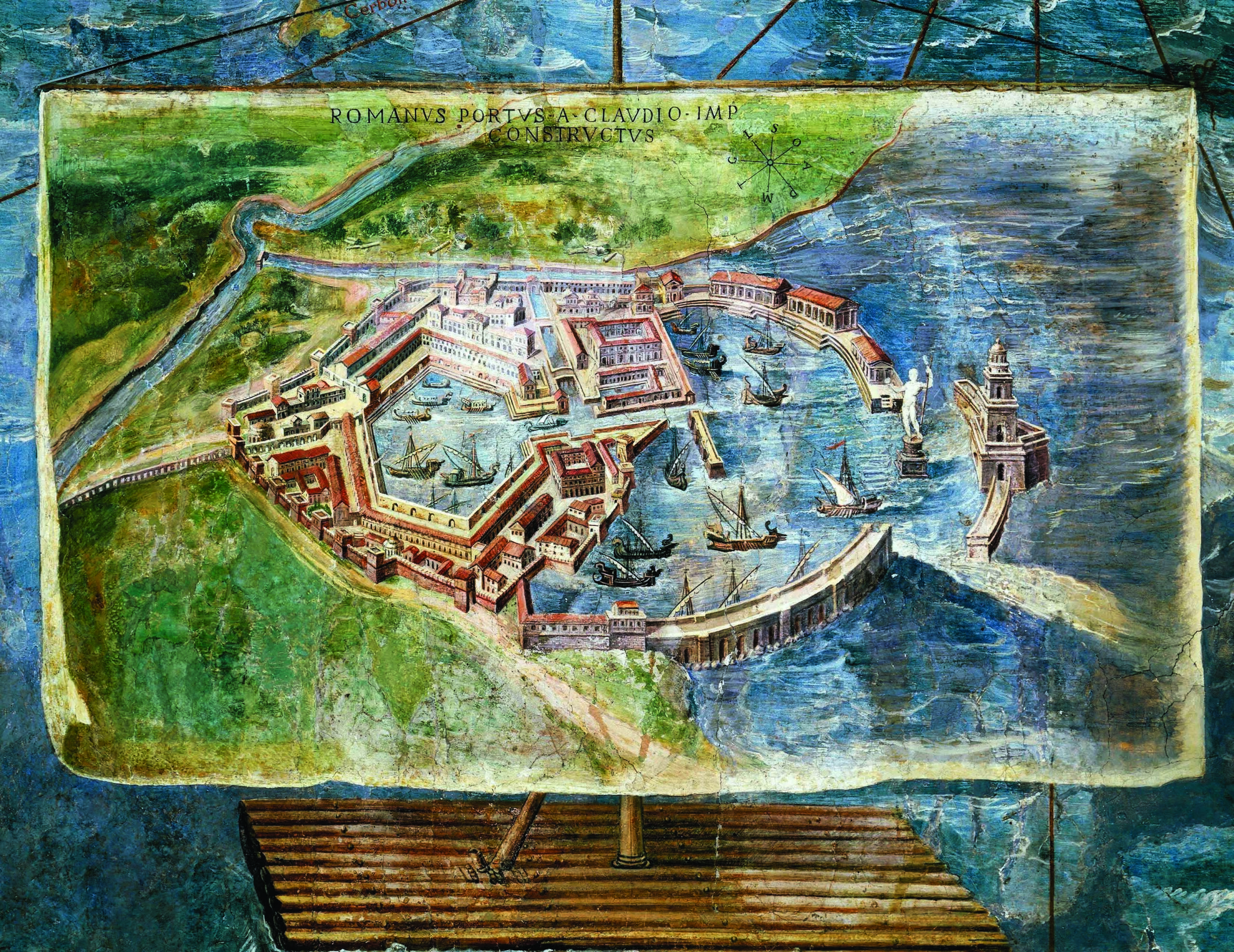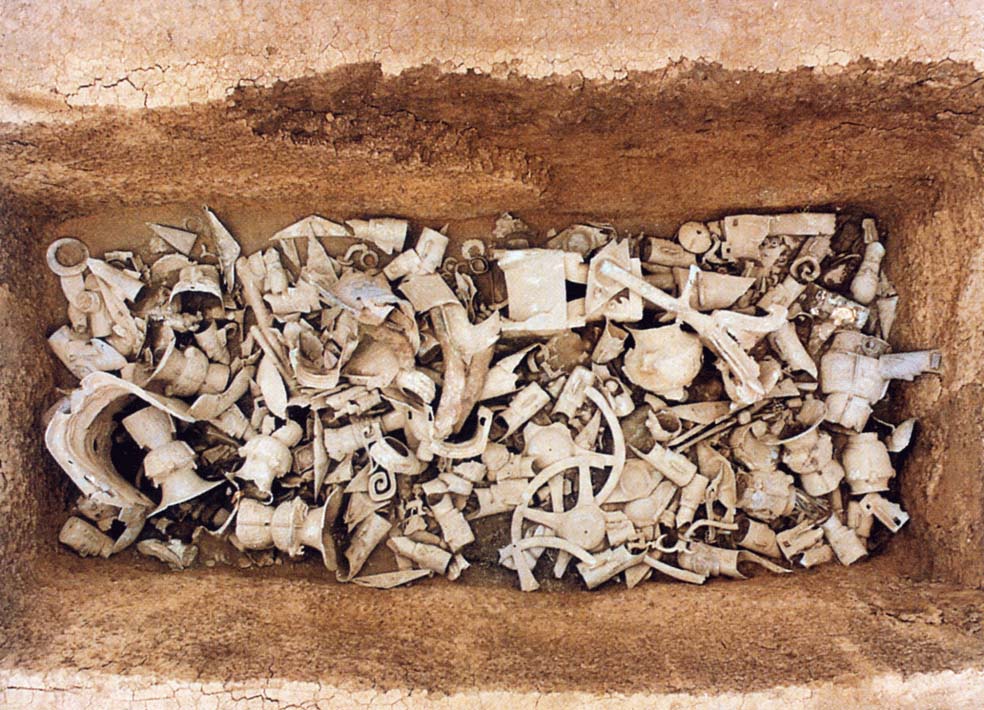
BOLZANO, ITALY—Phys.org reports that a team of researchers from the Institute for Mummies and the Iceman used a nano-sized probe to search the cuts on the body of Ötzi the Iceman, who died some 5,300 years ago in the Alps, for red blood cells. As it moved, the probe captured 3-D images of doughnut-shaped cells. These cells were confirmed to be red blood cells with a laser that tested their molecular composition. Raman spectroscopy was then used to detect traces of fibrin, a clotting agent made by the body immediately after an injury occurs. The team of researchers, including Marek Janko, Robert W. Stark, and Albert Zink, suggests in the open-access Journal of the Royal Society that Ötzi died shortly after he received these wounds, since fibrin is quickly absorbed by the body as other agents take over healing. To read about Ötzi's tattoos, click here.










